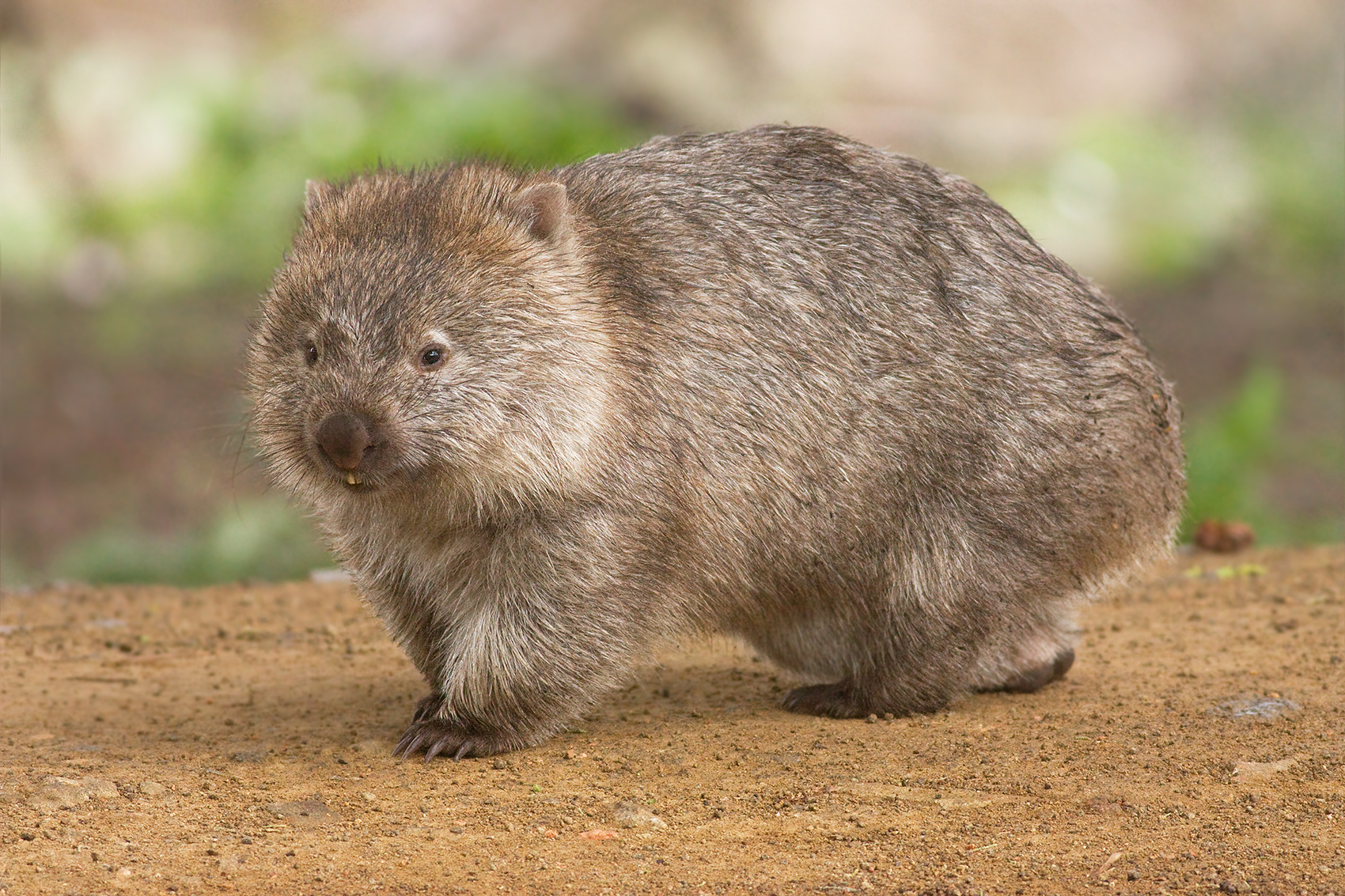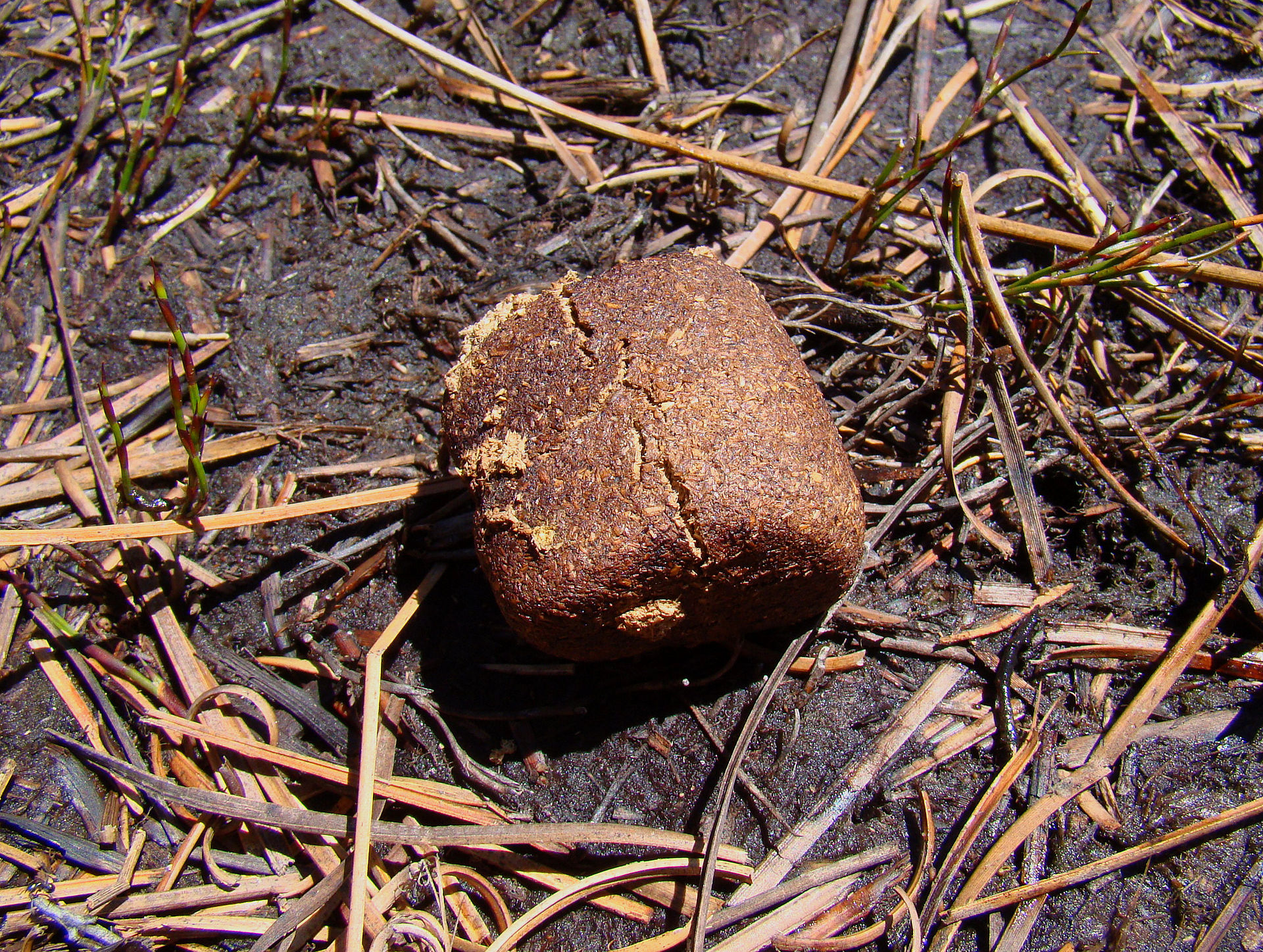
Wombats may have the most uniquely-shaped poo in the animal kingdom, and scientists have finally figured out why.
Wombats, cousins of the koala, are the only animals to produce cube-shaped scat. They use their feces to communicate with each other through scent and mark territory by piling the pieces next to burrows or on logs and rocks. But how exactly they make their poop into cubes has always been something of a mystery to scientists, leaving some to wonder whether they have square-shaped anuses (they don’t!)
Rather, new research suggests that it likely has to do with the structure of the wombat’s digestive tract.

Patricia Yang, a postdoctoral fellow in mechanical engineering at the Georgia Institute of Technology, analyzed the intestines of two wombats that had been hit by cars—which unfortunately is a common occurrence in Tasmania. She found that the feces in the upper portions of the intestines were soft and liquidy, while that of the last 8 percent of the intestines was extremely dry, and you guessed it: cube-shaped.
Yang and her team compared the digestive tracts of the wombats with pigs by inflating the intestines with balloons (yes, balloons.) Unlike the pig intestines which were relatively uniform in elasticity throughout, the walls of the wombat’s intestines varied in shape and elasticity. The researchers found two narrow grooves in the final portion of the intestine that could mold the feces into cubes before it leaves the anus.
“We currently have only two methods to manufacture cubes: We mold it, or we cut it. Now we have this third method,” Yang said in a statement. “It would be a cool method to apply to the manufacturing process—how to make a cube with soft tissue instead of just molding it.”
Wombats face a number of threats, including predation by wild dogs, disease, competition for food, and human interactions. All three species of wombats are protected in every state of Australia with the exception of Victoria, where they’re considered pests.




